Well after weeks of messing around I finally turning the corner on my motorized dish sander project. It was great to see past threads from Tim McKnight, Shane Neifer, Mario, and others so basically this is my version of the motorized dish sander. I am also planning a dish router jig (similar to Shane's) that will allow me to route radius dishes while rotating on the sander.
Here are the details:
I will post more when it is complete but couldn't wait to share the progress.
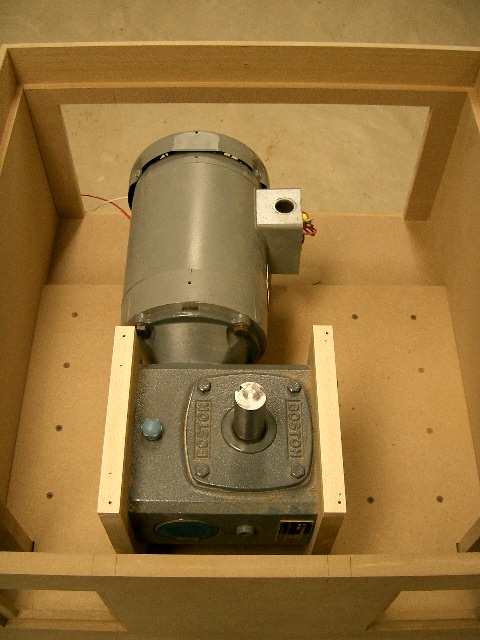
1 hp motor with 20:1 gear reducer..final mechanical speed of 87 RPM
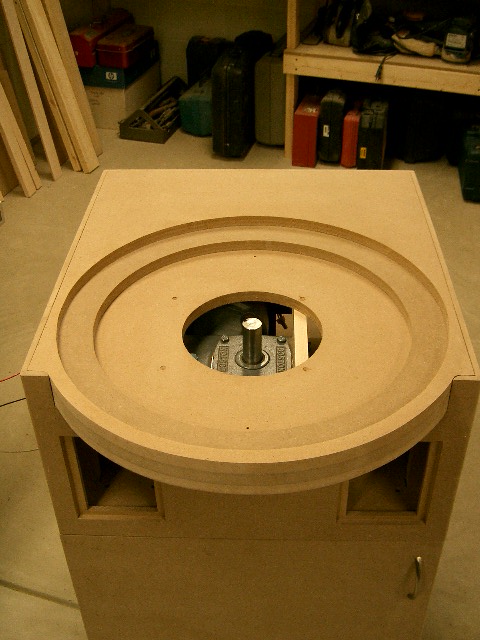
Top Mounted
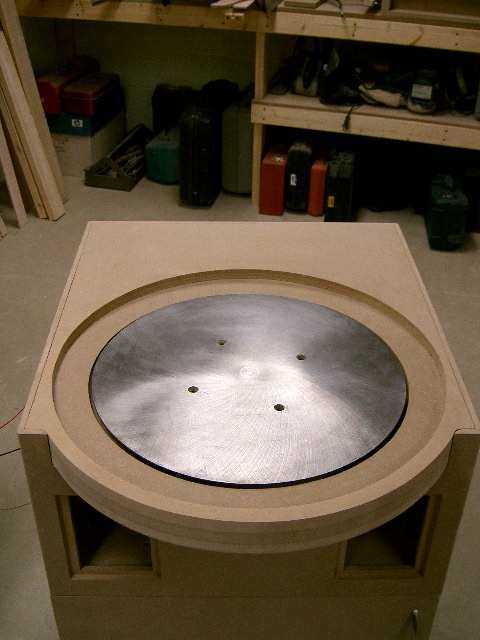
Found a great ground plate with shaft adaptor at a local used equipment warehouse. Will need to add a few holes for driving a dish.
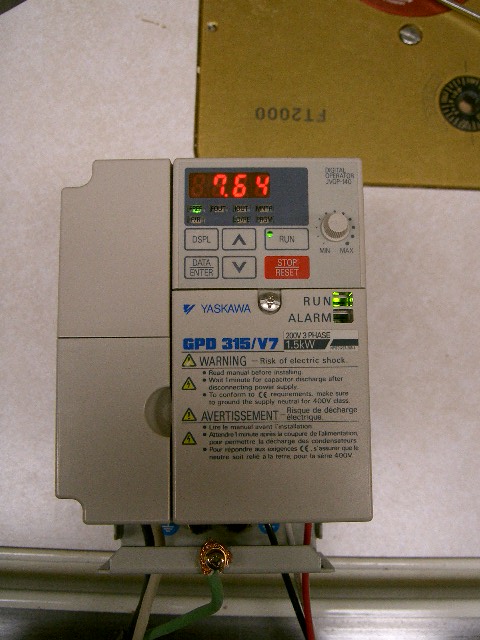
Full speed control via a Variable Frequency Drive. Allow electronic speed control from 1 to 125+ RPM without torque loss. ($90 Ebay)
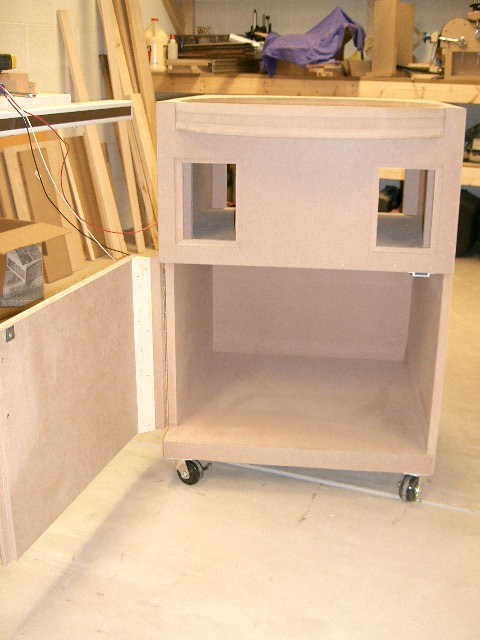
Room for dish storage (great idea Tim McKnight)
Tomorrow I am hoping to finish the electrical and put some finish touches on it. All in all I am really pleased with the performance and considering everything was under $200 it seemed resonable.
Thanks for looking!
